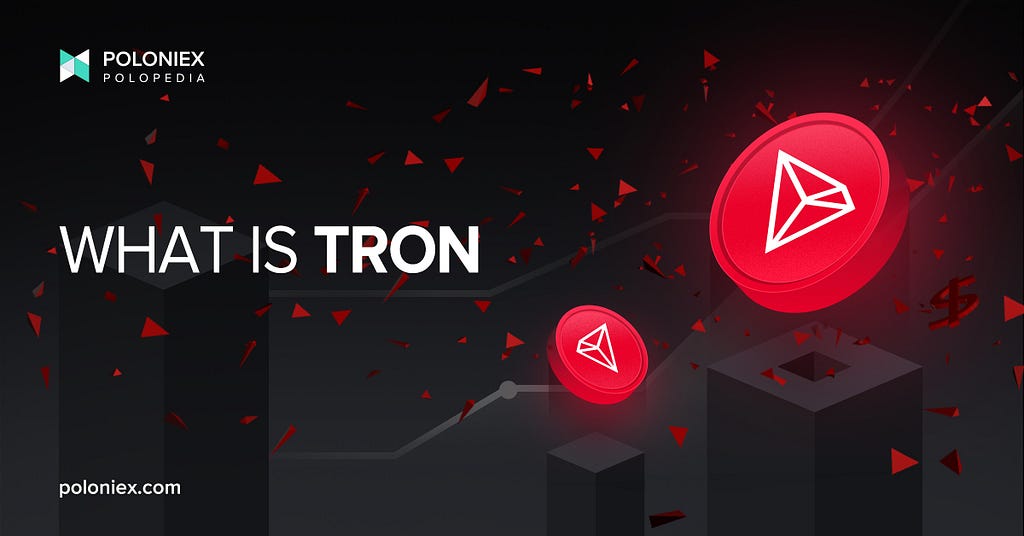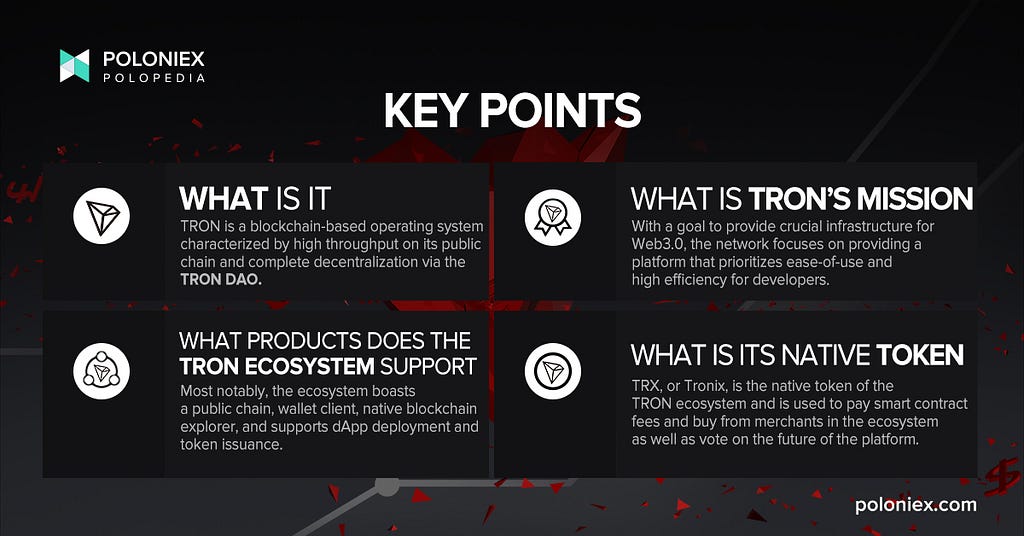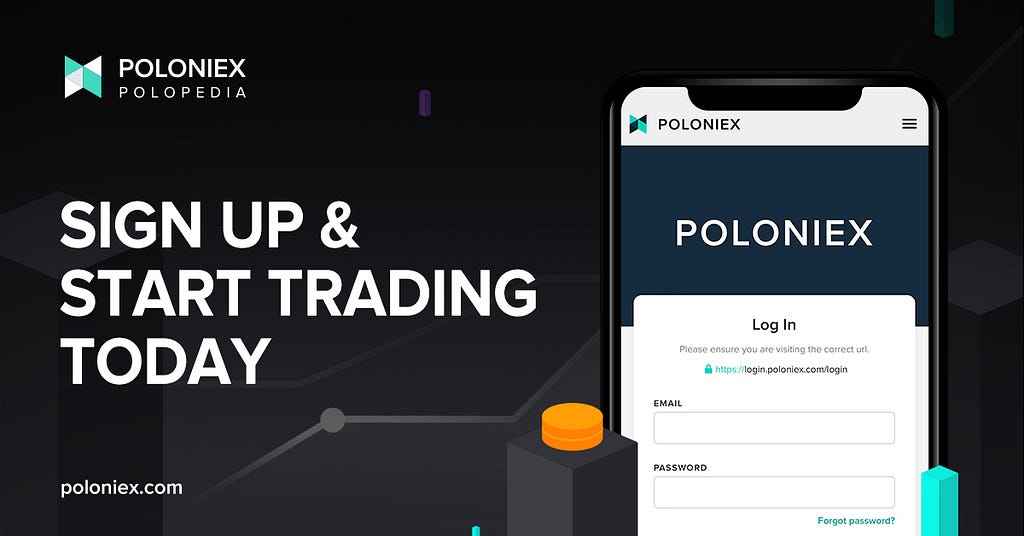Latest news about Bitcoin and all cryptocurrencies. Your daily crypto news habit.

TL;DR
TRON, founded by H.E. Justin Sun in 2017, is a blockchain-based operating system that aims to serve as a crucial infrastructure to Web3.0 and currently services over 81 million users on its public chain. One of the things that sets TRON apart, and has since its whitepaper, is the network’s high transaction throughput. The whitepaper itself claims 2,000TPS (transactions per second), a number that has since increased substantially. It is decentralized and open-source, with products such as its public chain on which developers can deploy dApps, Tronscan which is its blockchain explorer, and its wallet client.
The TRON protocol and public chain
In 2018, TRON switched from operating on the Ethereum blockchain to its own P2P blockchain.
This blockchain has a very high throughput of transactions compared to Bitcoin and Ethereum- 10,000TPS to be exact. The TRON public chain has quite strong utility as well, as it can be used for token issuance, asset transference and dApp deployment, among other functions.
In its aim to provide crucial infrastructure to Web 3.0, TRON has designed its products to meet the needs of developers designing decentralized applications, or dApps. This is made evident by the existence of the TRON Virtual Machine, or TVM, which allows developers to deploy smart contracts using Solidity on the public chain. And because the TPS is so high along with the fact that the network doesn’t charge transaction fees if enough TRX are staked, TRON has become an increasingly popular blockchain for developers and those that wish to transfer crypto. In fact, the blockchain is one of the most popular choices for transferring USDT.
Transactions on the public chain are validated by a network of 27 “Super Representatives” that rotate every 6 hours and function on a DPoS, or Delegated Proof-of-Stake consensus mechanism. This simply means that voters on TRON choose delegates that validate new blocks by staking their TRX, making for a more democratic process. With far fewer computers needed to add blocks, the network consumes a lot less power.
And TRON’s architecture makes it all the more powerful, as it is a 3-layer architecture composed of a base layer, storage layer, and application layer. It also supports multiple token standards, including TRC-20, TRC-10 and TRC-721.
TRON DAO
Acting on its ethos of full decentralization, TRON operates via a DAO, or Decentralized Autonomous Organization that is member-owned and that votes on new decisions within TRON.
TRON Super Representatives
TRON’s DPoS consensus mechanism utilizes a configuration of what is called Super Representatives, or SRs. These SRs are tasked with validating transactions and producing blocks on the network, receiving TRX rewards in return. By using a smaller, decentralized network of computers, the network’s power consumption is much lower than proof-of-work systems such as Bitcoin.
DPoS on the TRON blockchain
TRON’s consensus mechanism, DPoS, is a popular iteration of the Proof-of-Stake consensus mechanism utilized by other blockchains like Cardano and Tezos. On TRON, Super Representatives are chosen by platform nodes that stake their TRX in order to vote.
What does TRON do for developers?
From its robust developer environment and dev interfaces to its virtual machine and its provision for the use of Java to code smart contracts, TRON is committed to becoming the go-to blockchain for developers. Let’s go into a bit about how TRON delivers on that commitment:
dApps
TRON’s dApp ecosystem, due to its high throughput and APIs, has made it very attractive for developers to deploy on TRON’s public chain, and has recently become the second largest public chain platform for dApps. The ecosystem has products such as TRONGrid which, with its hosted APIs and developer tools, make it very easy for interaction between an app and the public chain. Notable dApps include the lending platform JustLend and the exchange protocol SunSwap.
The TRON architecture
TRON’s architecture is composed of a base layer, core layer, and application layer:
The core layer is where TRON’s smart contract, account management, and consensus module live. It also contains TRON’s wallet API.
The storage layer utilizes a distributed storage protocol so that the system can handle higher traffic without sacrificing efficiency and risking too much stress on the network.
The application layer in the TRON architecture allows developers to easily deploy their own dApps and customized wallets.
What is TRX? What can I do with TRX?
TRX, or Tronix, is the native token of the TRON ecosystem. It is based on TRON’s public chain and can be used to pay smart contract fees and buy from merchants within the ecosystem. TRX can also be staked for rewards as well as be used to vote on super representatives.
How to buy TRX
TRX is available to buy on multiple exchanges like Poloniex! You can acquire TRX through trades on our TRX trading market or through buying directly with your debit or credit card.
Feeling ready to get started? Sign-up is easy! Just hop on over to https://poloniex.com/signup/ to start your crypto journey🚀
What is TRON? was originally published in The Poloniex blog on Medium, where people are continuing the conversation by highlighting and responding to this story.
Disclaimer
The views and opinions expressed in this article are solely those of the authors and do not reflect the views of Bitcoin Insider. Every investment and trading move involves risk - this is especially true for cryptocurrencies given their volatility. We strongly advise our readers to conduct their own research when making a decision.

